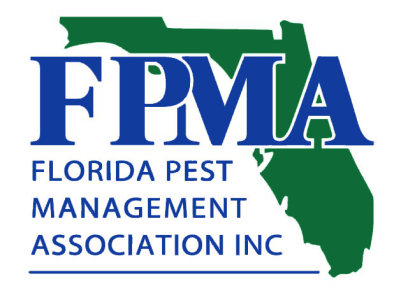Unless you live in Antarctica, most places on earth are going to have some types of pests that cause you trouble. However, environments that are especially hot and humid are particularly prone to infestations.
Bee’s, although terrifying to some, actually have an important role to play in the ecosystem, specifically around plant and tree pollination and populations. Bees are believed to have been around for nearly 120 million years, but the first bee fossil was found about 65 million years ago.
Silverfish are destructive pests that get their name from their steel-like outer shell and fish-like style of moving. While no longer in length than a nickel, they can do serious damage to a home, destroying wooden beams and eating clothes, important documents and expensive works of art.
In most cases, termites are the type of pest to show themselves at many different points in time before you have major damage issues. The key is knowing the signs of termites, where to look and what to look for based on how the pests behave and what their infestations look like or leave behind.
The state of Florida is home to 315 species of bees. About 29 of those species are only found in Florida. Unlike honeybees, the bees discussed in this article are native to Florida while honeybees were brought over from a different country.


